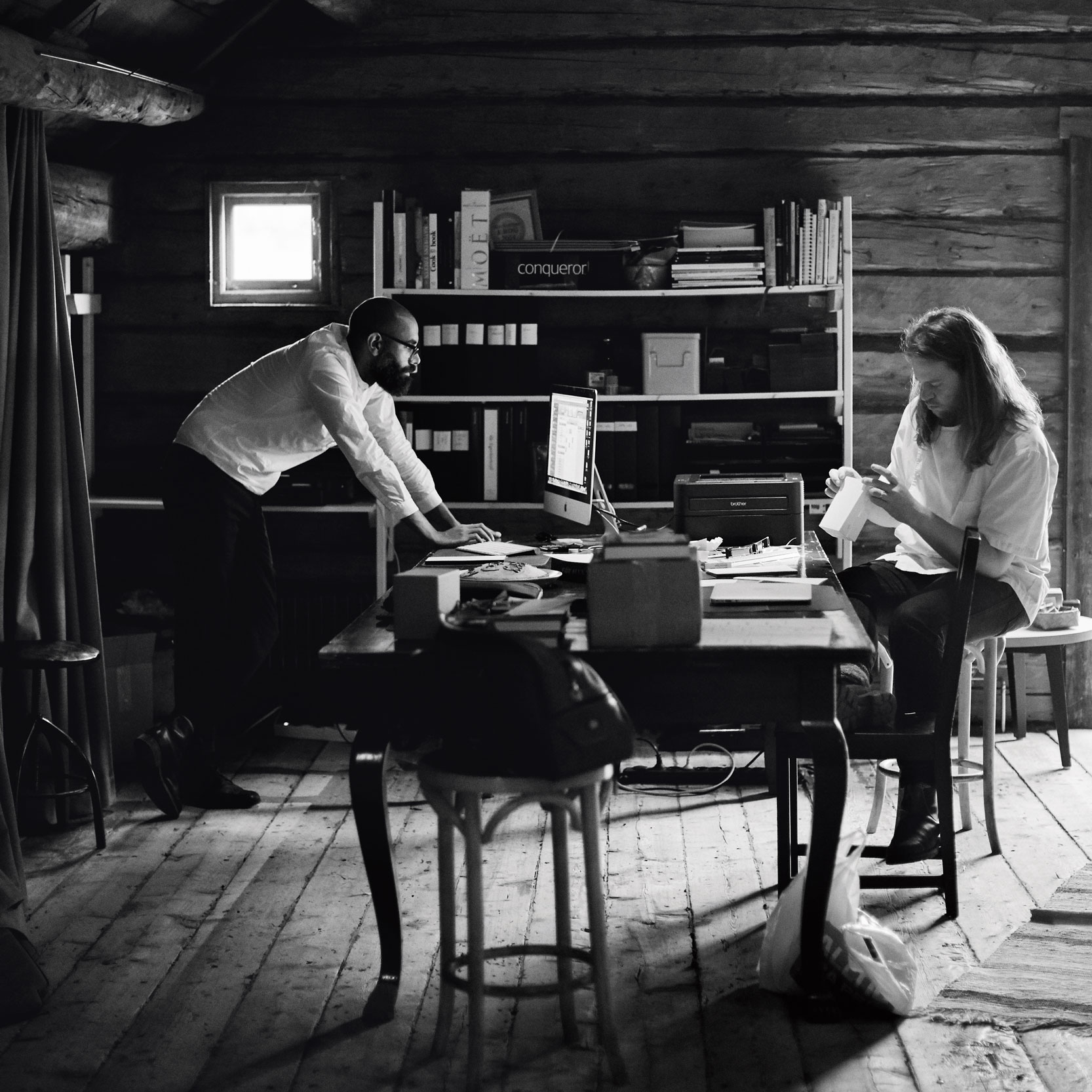
Why Magnus Nilsson writes in English but adds just a touch of Swedish
The chef and Phaidon author explains why he loves to keep a few Nordic idiosyncrasies in his books
One of the great pleasures of Magnus Nilsson’s new book, Fäviken: 4015 Days, Beginning to End, is the way in which the chef lifts the lid on some of the culinary world’s little secrets. From creativity to sustainability, true skillfulness, and fake chef flair, his account of the years he spent living at the very top of the culinary profession is a feast for anyone remotely interested in the way restaurants work behind the kitchen doors.
However, in a recent interview, Nilsson offered another minor revelation. “I know that perhaps most chefs of my background, when they put out cookbooks, someone else writes them,” the chef told the MinnPost’s Pamela Espeland. “But for me, the majority of the pleasure has come from writing books myself.”
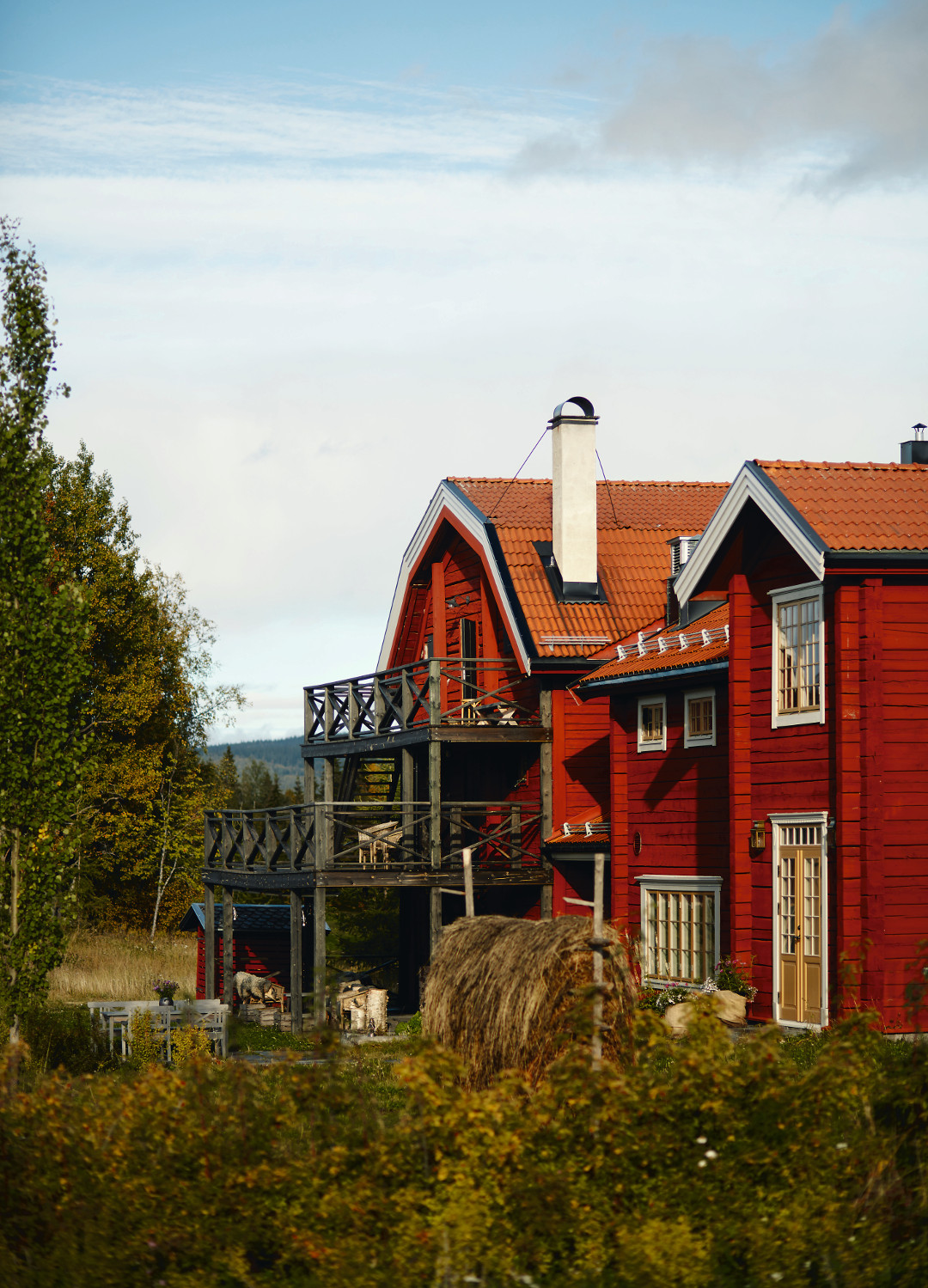
OK, perhaps it isn’t such a wild discovery to learn that plenty of TV chefs leave the cookbook words to someone else. Nevertheless, first-time readers of Nilsson’s work might be surprised to learn just how deep Nilsson’s dedication to his books goes.
“I always knew that I could write, but I never did it for fun,” he goes on to explain. “The first time I found pleasure in writing was when I wrote the first book about Fäviken. That was the first time I sat down and wrote a lot and thought about something that I really wanted to tell a story about. It was very nice.”
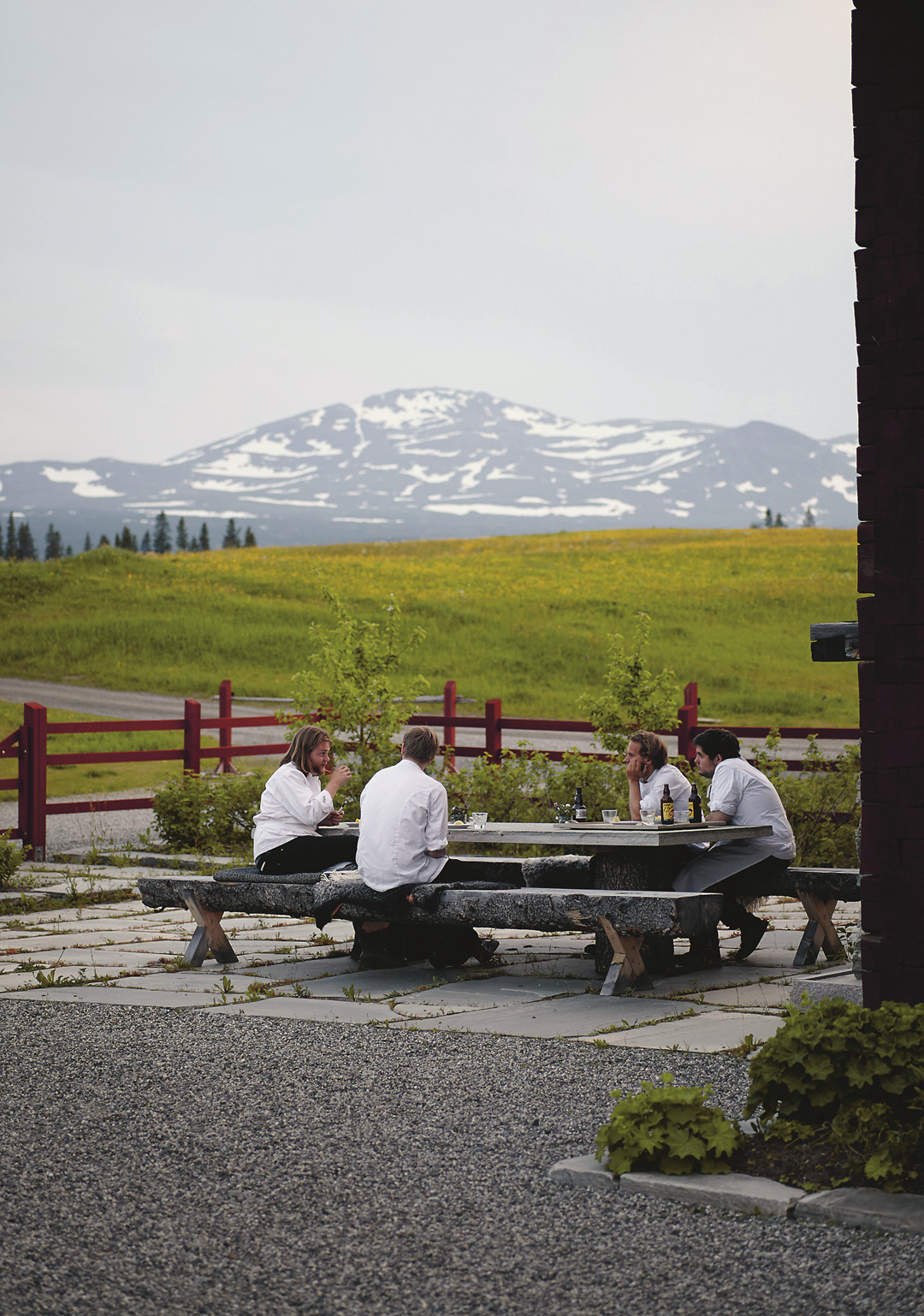
Nilsson owes that discovery, in part, to Phaidon. When he first signed up with us as a publisher and began work on his first book about Fäviken, he wasn’t sure he was going to write all of it himself. Phaidon’s publisher Emilia Terragni, “asked me if I didn’t want to try to write it myself,” he explains. “She asked if I could write little sample introduction. And I did, and they really liked it. They encouraged me to continue writing the rest of the book.
“Seeing how appreciated that was, first by the professional people at the publishing house, of course, but then also by so many people who read the book, was very encouraging. I guess that made me feel confident writing in English in a different way.”
Most professional authors have to get used to editors changing their text and, while Nilsson accepted that this usually makes for a better manuscript, there were certain aspects of his prose he wanted to hang on to.
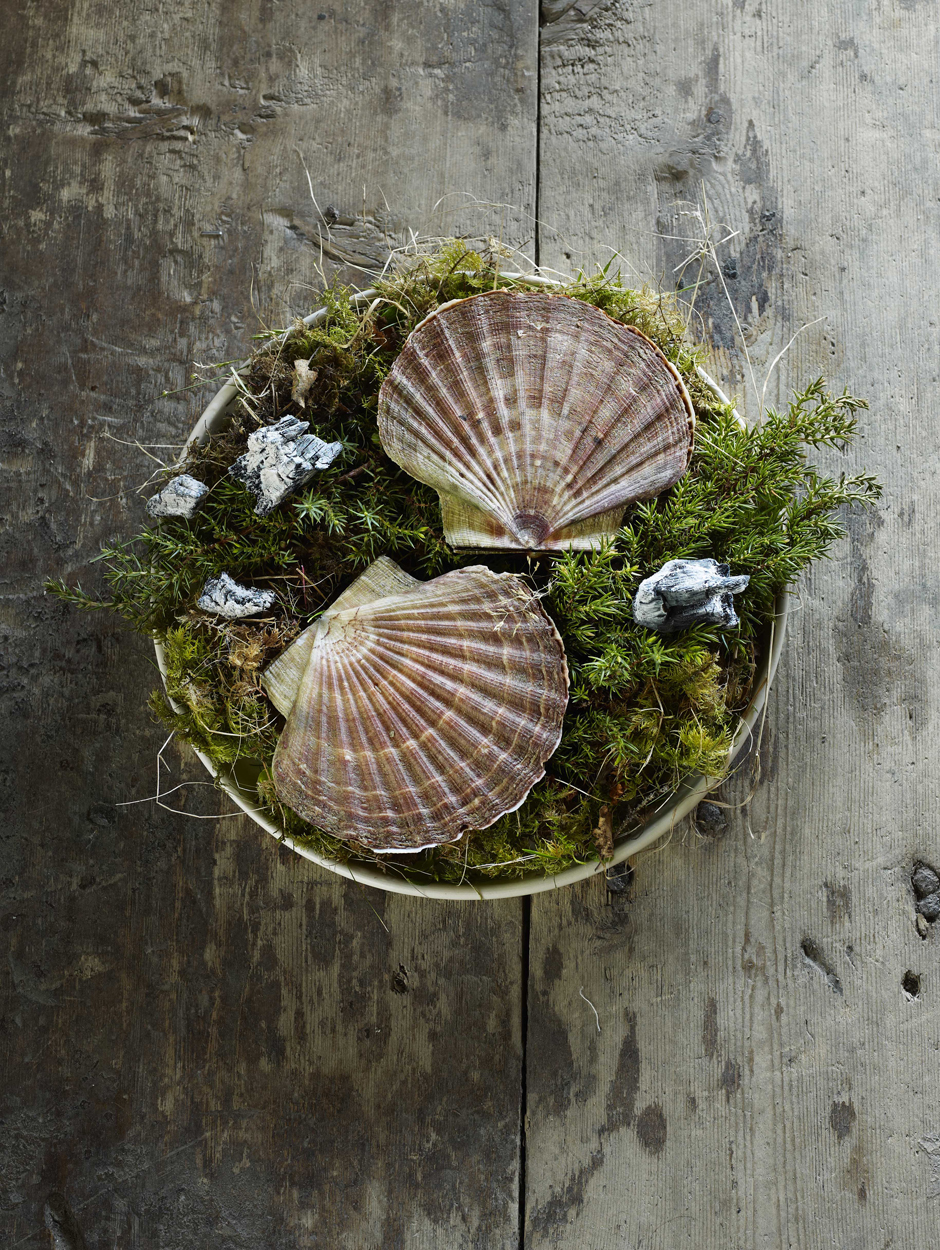
“You can read [my] books and they’re perfectly correct in terms of language and so on, but you can also feel that they’re written by a non-native English speaker,” he explains. “And to me, it’s very important that they don’t edit out all of the expressions that might be particularly Swedish or have to do with my own personal language. There’s no point in pretending that you’re something you’re not, as long as people understand it and find it enjoyable to read.”
In many instances, Nilsson also shot the photographs for his Phaidon books (we've even published a book of his photographs). However, in this final instance he chose to work with Eric Olsson, a photographer whom the chef met after Olsson shot Faviken for an early magazine feature.
They’ve worked together over the years, and have developed, as Nilsson puts it, “a good mutual relationship.”
“We had someone in house we really trusted, me and the team, someone we liked to take the photos rather than having a new photographer every time there was something,” Nilsson explains. “At the same time, we had access to very good photography for our needs. [Eric] built this massive library of photos from Fäviken that was very handy, especially for the second book.”
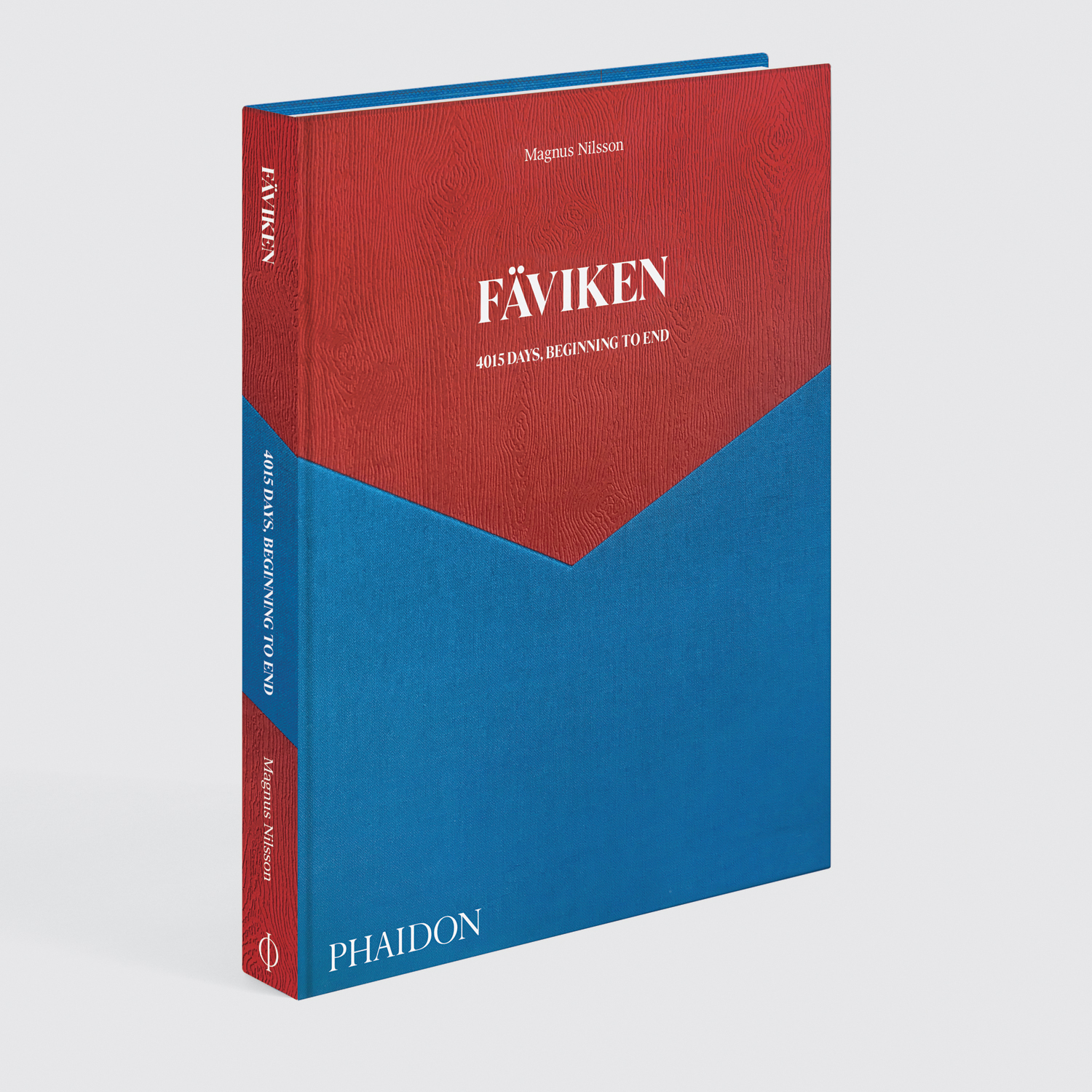
To see all of Olsson’s photographs and read all of Nilsson’s heartfelt words, buy a copy of Fäviken: 4015 Days, Beginning to End here.